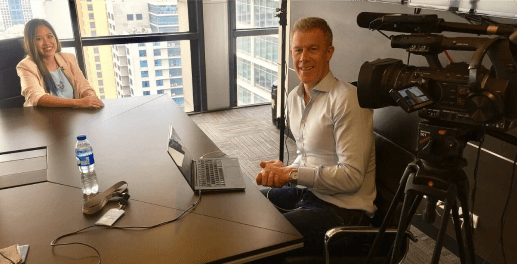Starbucks tightens remote work, adds relocation rules

CALIFORNIA, UNITED STATES — Starbucks is revisiting its pandemic-era remote work policies, announcing stricter in-office requirements for its corporate workforce.
In a letter to employees this week, CEO Brian Niccol announced that employees at Starbucks’ Seattle headquarters will soon be required to be on-site four days a week, up from the current three.
The policy takes effect in early October and is part of a broader push to “reestablish our in-office culture,” according to Niccol.
“We do our best work when we’re together. We share ideas more effectively, creatively solve hard problems, and move much faster.”
Leadership must relocate within 12 months
The company is also requiring all corporate “people leaders” to relocate to one of two main hubs—Seattle or Toronto—within the next year. This marks an expansion of a previous mandate announced in February, which only applied to vice presidents.
Although Starbucks clarified that team members reporting to those leaders will not be required to move, any new hires or internal transfers into similar roles must be based in either Seattle or Toronto going forward.
Employees affected by the relocation requirement who choose not to move will be eligible for a voluntary exit package, which includes a financial payout, Niccol noted.
Remote work landscape shifts across industries
Starbucks joins a growing list of major employers scaling back remote work as pandemic restrictions ease.
Companies such as Amazon, AT&T, and several federal agencies have already mandated the return of full-time office staff. Fully remote positions are now more competitive and less common across industries.
Many employees have expressed a preference for flexible work arrangements that were developed during the pandemic; however, corporate leaders argue that physical proximity enhances collaboration and efficiency.
While the current CEO, Niccol, is now frequently seen at the Seattle headquarters, he was not required to relocate when he was first hired. The company initially agreed to support a remote setup near his home in Newport Beach, California, including use of a corporate jet for travel. He has since moved to Seattle.

 Independent
Independent




